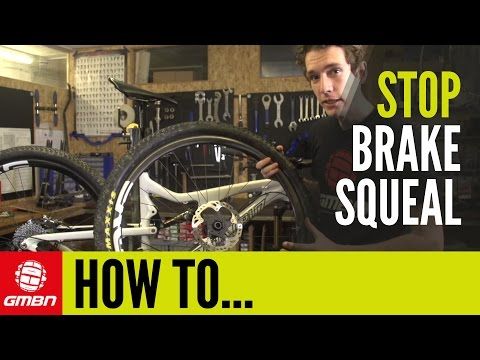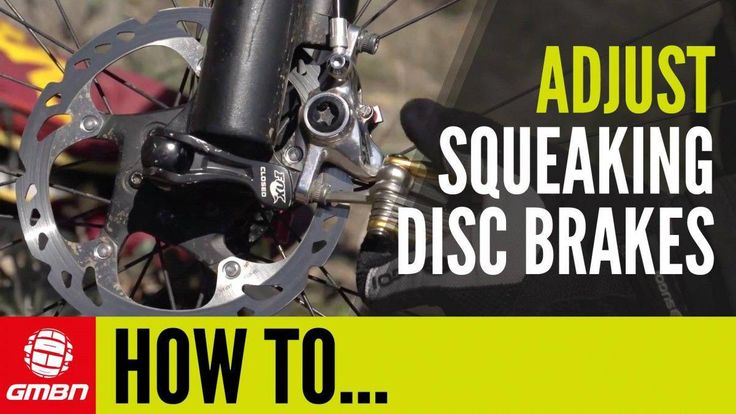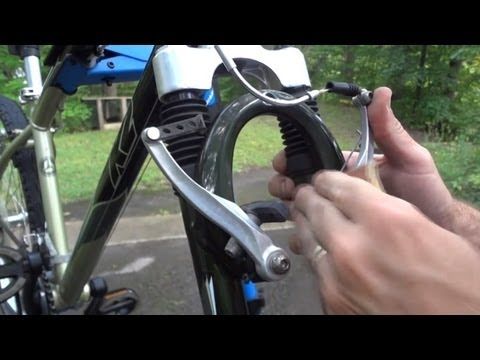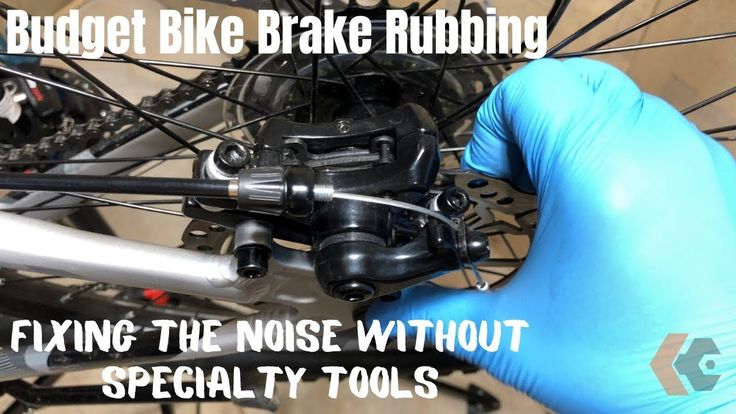Here’s how to check those squeaks and rattles and avoid a breakdown on the trail.
By Rick Sosebee |
These tips will keep a loud ATV or UTV from disrupting your morning hunt.. John Hafner
As your ATV or UTV ages, it tends to get a little noisier. You don’t want a noisy ATV on your hunting property, whether you’re scouting, traveling to a stand on a morning hunt, or just taking a ride.
As the squeaks grow in to an annoyance, you may not only have a squeaking issue, but maybe worn and damaged parts that could cause more serious mechanical issues. Here’s how to check those squeaks and rattles and avoid a breakdown on the trail. And, quiet your machine before hunting season.
1. Wheel bearings: Each wheel has its own wheel bearings that are only protected by simple seals. These seals can be compromised from heavy mud or dirt and this ends up opening up the bearing itself to water and the debris from the trails. If you have a squeak when slowly rolling on the trail or when you add weight to the front or rear of the rig, then it is a possibility that your wheel bearings are the culprit. If you raise the wheels off the ground and steadily spin each one individually, you will find the troublemaker in the group.
2. Suspension attachment points: Your front and rear suspension arms are typically attached to the frame using a bushing or steel spacer. These may or may not have grease fittings. When these become dry and worn, they can capture trace amounts of dirt causing the grinding to become very evident. A suspension service might include cleaning and adding a small application of grease to these bushings to eliminate the annoyance.
3. Steering components: The steering on an ATV or UTV can become noisy as the tie rod ends begin to wear down. These are typically semi-sealed in grease cups, and when the grease starts to loose its place the screeching begins. The tie rods on your machine control the steering input from your arms through the handlebars and down to the wheels. Sloppy steering or a loose feeling in the handlebars is a good indication of a tie rod issue.
These are typically semi-sealed in grease cups, and when the grease starts to loose its place the screeching begins. The tie rods on your machine control the steering input from your arms through the handlebars and down to the wheels. Sloppy steering or a loose feeling in the handlebars is a good indication of a tie rod issue.
4. Shock mounts: The points where the shocks mount to the frame and suspension are also subject to steel-on-steel squeaks. If the bushings in the shock are worn or the shock mount bolt has loosened, you will get a faint squeak from time to time. Simply tightening these bolts will help tremendously.
5. Brake rotors: The brake rotors are notorious for squeaking when they get worn and then get wet or muddy. The rotor will pick up mud in the vent holes on the rotor and this can cause an ongoing annoyance. If you tend to only replace your brake shoes when they are totally gone, then your rotor will suffer from grooving and this also causes screeching as you start off or stop during your ride.
by Lee
ATVs take a lot of abuse and go just about anywhere from dirt, sand to even mud.
Over time an ATV can start to squeak when it’s moving or when you get on and off the ATV.
Your ATV squeaking when moving is often a sign the suspension needs to be greased and lubricated. The process to stop your ATV from squeaking is simple but does require specific tools that are easy to get.
Here is the list of tools and items you need to stop your ATV suspension from squeaking.
The best grease to use for your ATV or side by side will be marine-grade grease.
I like the STAR BRITE White Lithium Grease (Amazon Link Ad), but everyone has their own grease they like to use. Just make sure it’s lithium-based grease. When in doubt, consult your owner’s manual as they often have a part number for the exact grease you should use that the manufacturers like.
Also, the best grease is fresh grease, so you need to grease these bearings often. We’ll talk more about this later.
Your ATV will have several grease fittings often located at pivot points of the a-arm and frame.
For the exact locations, check your owner’s manual.
You must get a grease gun with a flexible tip as these grease fittings are often in hard-to-reach spots.
This video below will show you how to grease your ATV suspension.
Apply enough grease until you see the grease start to come out and then stop; there is no need to keep going once you see grease come out. Use shop towels to clean up the mess and to keep it off your garage floors.
Use shop towels to clean up the mess and to keep it off your garage floors.
Don’t forget to spray silicone lubricant spray on the bushings of the suspension. These bushings dry out quickly and often cause a lot of the squeaking you hear. Avoid spray near the brake pads, as that can really mess up your stopping power and be dangerous. You want to avoid regular WD-40 and use silicone spray as it sticks around longer.
You need to grease your ATV suspension and bushings every 50 hours or after a wet ride.
The best grease is fresh grease, so greasing your ATV often is a good thing.
So if you go in a mud hole, you should not only grease before but also after the ride. Water is the enemy, and it can wear out the bushing and bearings quickly if you don’t grease these fittings.
Water is the enemy, and it can wear out the bushing and bearings quickly if you don’t grease these fittings.
You should also grease the suspension when you start to hear it squeaking.
I like rebuilding or replacing the suspension of my ATV every 4,000 miles or about every 5 years, whichever comes first.
Some guys like to rebuild, but you need special spring compression tools, and to me, it’s not worth it.
I rather buy aftermarket suspension as you can get them already assemble, and it’s an easy install.
Taking the shocks off your ATV is simple; it’s often two bolts. You just need to jack the ATV up and pop them off.
There are a few ATVs with air-ride suspensions, but it’s just its airline you need to mess with that is extra, and it’s not hard.
It’s possible that it’s not the suspension causing your ATV to squeak when moving.
Dirt getting stuck between your brake pad and rotor can also cause squeaking when moving. This can go away over time as the dirt gets worn out, or the brakes get wet and they dry out.
This can go away over time as the dirt gets worn out, or the brakes get wet and they dry out.
Also, worn-out brake pads can cause your ATV to squeak when moving. Brake pads are set up to cause an awful squeaking sound when they’re worn out, so you must replace them when you start to hear that.
Worn-out ball joints and tie rods can also cause your ATV to squeak.
If the squeaking happens when the engine is on, it could also be the belt causing it.
You’ll know it’s the suspension causing the squeaking by just putting weight on the ATV, and it may be even more noticeable when riding and going over bumps.
The problem of grinding when braking affects every motorist from time to time. Still - a lingering whistle when braking, scares and alarms. But is it always necessary to immediately go to the nearest service or even call a tow truck for this? In most cases, yes. In any case, the squeak of brakes (pads) is a sure signal of a malfunction of one of the most critical components of the car, which is directly related to your safety. Let's try to sort out four main reasons - why do the brakes squeak on the car?
Let's try to sort out four main reasons - why do the brakes squeak on the car?
Brakes creak not only when braking, but also during the trip.
Brake pads are equipped with special metal “petals”, when the pad surface is erased during operation, the “petal” touches the disc and there is a nasty rattle of the brakes. This is done on purpose - for a reliable indication that it is time to replace the pads. In addition, some cars have a special sensor - a signal light, and if it is necessary to replace the brake pads, it lights up.
How can I check if the brakes are squeaking due to wear?
If your car has disc brakes, you can simply try to turn the steering wheel all the way to the side and shine a flashlight on the block, you can “by eye” determine the thickness of the block. If the thickness is more than decent, and the brakes creak while driving, you should immediately contact the service station. If it seems difficult for you to determine the thickness of the pads by eye, immediately contact the nearest service for checking the wear of the pads.
The thickness of the pad is easily determined "by eye".
The pad thickness is easily determined "by eye".
Brake squealing (pads) occurs due to their vibration.
When braking, a strong vibration is naturally created in the area of \u200b\u200baction of the pad and brake disc, while squeaks and even lingering “squeals” occur. Usually, in order to avoid extraneous sounds, a special “anti-creak” plate is installed between the pad and the caliper piston, which absorbs vibration. It happens that in some service stations that are not entirely clean at hand, such gaskets are simply lost or thrown away on purpose so that the client would sooner come to them with a new problem - the whistle of the brakes and changed almost new pads.
It happens that the old plate has rusted and collapsed, but the new one is not included in the set of pads, and it had to be ordered with a separate article. The advice here is simple - if you recently changed the pads in the service station and the brakes started whistling again, then just contact another service to make sure that the work was done exactly with all the requirements.
New pads creak, what should I do?
In addition to the lack of an “anti-creak” plate, there are other reasons why new, just replaced, pads start to squeak disgustingly. Firstly, you should pay attention to the quality of manufacture of the pads themselves, it is necessary not to save on such an issue as the brake system, and take only original consumables. It happens that the pads just need to be properly rubbed in, and after a couple of days (usually up to a week of intense driving), the squeak will disappear on its own.
If the whistle of new pads does not disappear for a long time, this is a good reason to go to the service station, because. there is very little chance that the problem with extraneous brake noise will be solved by itself.
I drove into the mud and the pads began to creak!
Another classic problem is brake screeching - liquid mud or clay, getting into the working surface of the brake pads, dries out and makes terrible sounds - from creaking to a drawn-out howl! Therefore, if you encountered the problem of squeaking after a trip on the road (left the federal highway to a local road somewhere in the outback). It is necessary to remove the wheel, rinse it well, clean the caliper and brake system elements (except for the friction surface) with a metal brush, and then use a special tool for cleaning brake discs.
It is necessary to remove the wheel, rinse it well, clean the caliper and brake system elements (except for the friction surface) with a metal brush, and then use a special tool for cleaning brake discs.
The pads are fine, but the brakes still squeak.
The pads can whistle if they have lost mobility in the caliper, that is, they have “soured”. In this case, lubrication will help, do not laugh, lubrication for the brakes. And not one, but two and both are anti-creak. For the operation of the “floating” caliper, it is necessary to lubricate the guide pins of the caliper with a thin layer of Liqui Moly Anti-Quietsch-Paste (article 7656, red). And not on top of the old grease, but by carefully removing the old and degreasing the surface with Schnell-Reiniger (article 1900). The caliper grooves into which the pads are inserted also need to be thoroughly cleaned and lubricated with Liqui Moly Bremsen-Anti-Quietsch-Paste (item 7585, blue). To complete the service, it is worth cleaning and degreasing the brake disc itself using Schnell-Reiniger (article 1900). All these simple measures keep the brake mechanisms in a constant tone, and the howling, squeaking or grinding of the brakes no longer emit!
All these simple measures keep the brake mechanisms in a constant tone, and the howling, squeaking or grinding of the brakes no longer emit!
For more details on brake care technology, see the special section on brake system maintenance.
Take care of your car, and it will certainly be grateful to you!
You can buy our products near your home from one of our partners - Liqui Moly products on the map of your city.
Photos from open sources
Squeaky brakes are not only annoying to hear. He can talk about quite serious malfunctions of the car. How to quickly and easily remove unpleasant sounds, and at the same time prevent more serious troubles, says the AvtoVzglyad portal.
Viktor Vasiliev
Disgustingly creaking brakes are quite common. The pads can “sing” even with a new car, because they have not yet been ground in or sand and stones have got between the working parts of the mechanisms. We will talk about the sounds that occur in cars that are already in operation and have a certain mileage.
We will talk about the sounds that occur in cars that are already in operation and have a certain mileage.
Checking the condition of the brakes should begin with the front suspension, since extraneous noise is most often born here. Here, a situation is possible when everything is in order with the discs and pads, but there is a creaking sound. It's most likely a worn wheel bearing. It must be changed as soon as possible, because if it falls apart, then a strong beating on the steering wheel will appear, and the CV joint may also break. And that means expensive repairs.
If squeaks appear during braking, then first you need to determine the area from where the nasty sounds come from. To do this, remove the wheel and check the condition and performance of the brake caliper. The sound may also appear due to disk deformation, which occurred, say, after it was overheated.
Photos from open sources
Brake disk deformation can be diagnosed in the simplest way. To do this, take a screwdriver, fix it in some way almost close to the surface of the disk, and then turn the wheel. In this case, you need to carefully monitor the distance between the tip of the screwdriver and the disk. If the disc periodically touches the screwdriver, then it is crooked and requires turning on a lathe or replacement - in case of heavy wear.
To do this, take a screwdriver, fix it in some way almost close to the surface of the disk, and then turn the wheel. In this case, you need to carefully monitor the distance between the tip of the screwdriver and the disk. If the disc periodically touches the screwdriver, then it is crooked and requires turning on a lathe or replacement - in case of heavy wear.
If a creaking sound is heard when the brake pedal is pressed, the cause may be the pedal itself. It happens that to fix the problem it is enough just to clean and lubricate its mechanism.
“Unpleasant brake squealing can be eliminated by lubricating the brake system components. First of all, it is necessary to lubricate the caliper guides and fill the anthers with grease. Also treat the back of the block and anti-creak plates with ceramic or copper paste. In addition, it is necessary to go through the contact points of the pad and the guide caliper with a synthetic lubricant, having previously cleaned the surface, ”advises the auto expert, president of Autodoc, Vladislav Solovyov.
Finally, when servicing the brakes, you need to pay close attention to the consumables that you buy in a car shop or service. After all, if the material of the disc and the composition of the friction mixture of the pads are incompatible, you will suffer with a creak for a very long time. Therefore, when buying discs and pads, it is better to choose products from the same manufacturer, because they are guaranteed to be compatible. So you will definitely save yourself from possible squeaks.
442390
Manufacturer's photo.
276683
Of course, the possibility of using special car chemicals cannot be discounted. So, the masters of service stations often use various brake cleaners. Among the most effective are aerosols from Liqui Moly. These sprays remove dirt from brake discs, drums and cylinders. At the same time, when servicing, special attention must be paid to other vital elements of the braking system.
First of all - caliper guides. The fact is that a decrease in their mobility leads to a sharp decrease in the quality of braking.